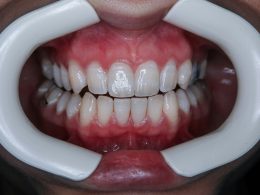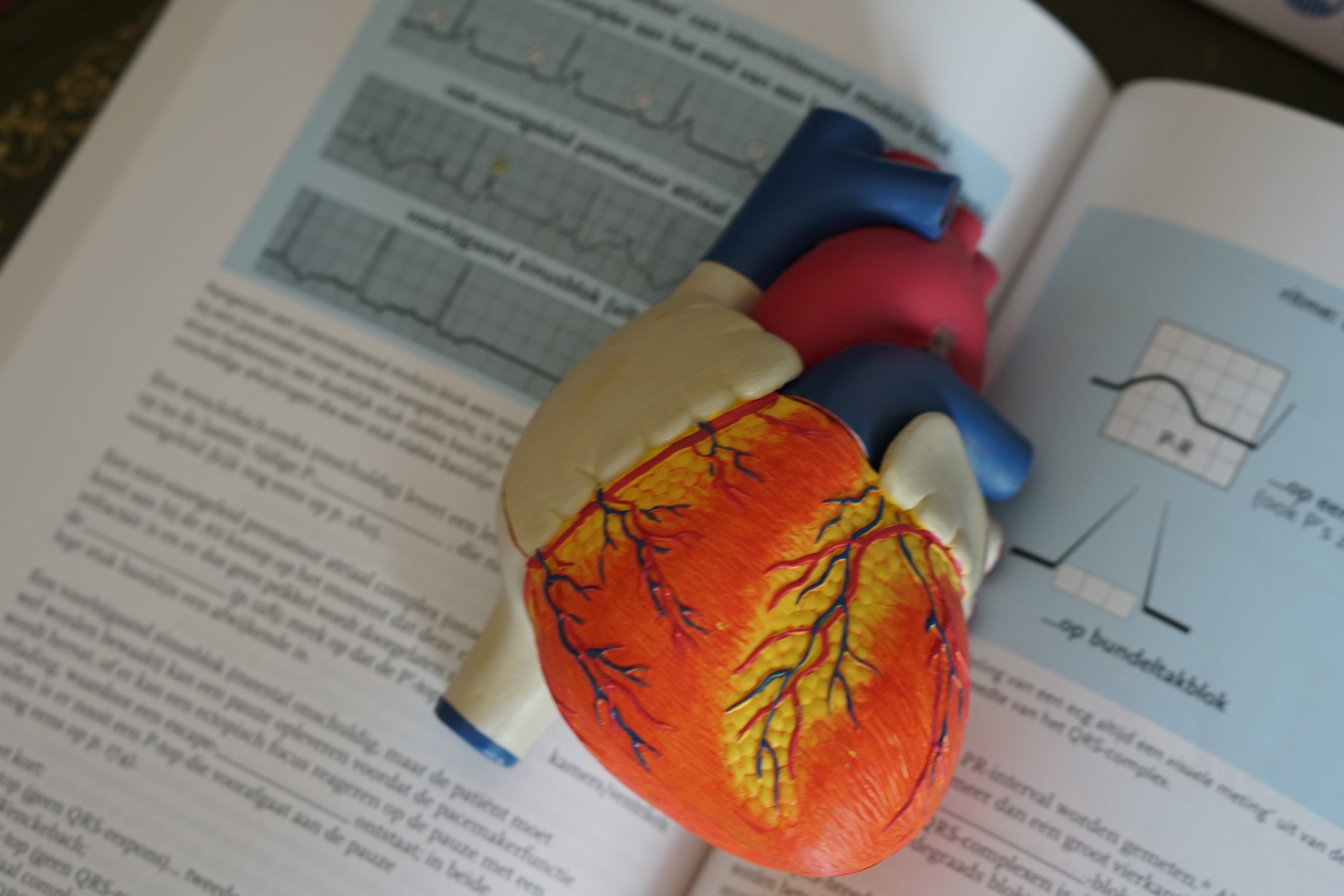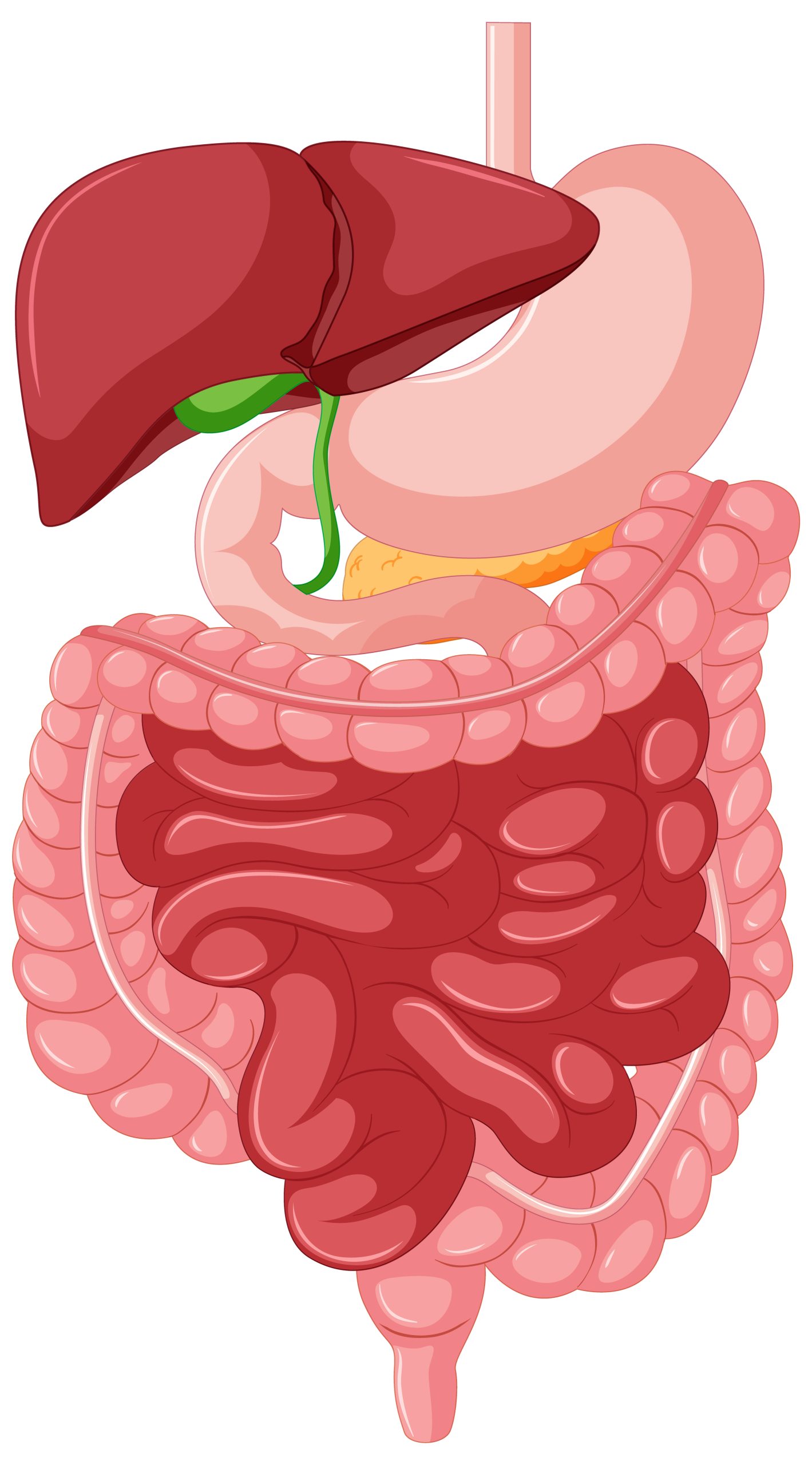Introduction to mindfulness
Mindfulness is a simple concept that can have a profound impact on your mental health. Simply put, mindfulness is the practice of being present in the moment. That means paying attention to your thoughts, feelings, and sensations without judgment.
When you’re mindful, you’re not trying to push away or fix anything. You’re simply acknowledging what is happening in the present moment. Mindfulness can help you reduce stress, anxiety, and depression. It can also help boost your immune system and improve your overall well-being.
There are many ways to be more mindful in your everyday life. Here are some simple practices that you can start with:
• Take a few minutes each day to sit quietly and focus on your breath. • When you’re eating, take the time to really taste and enjoy your food. • Pay attention to the sounds around you as you go about your day. • Take a few moments to appreciate the good things in your life, no matter how small they may be.
Start with just a few minutes each day of mindfulness practice. As you get used to it, you can gradually increase the amount of time you spend on it. Remember, there’s no right or wrong way to do mindfulness – just be patient and kind to yourself, and let it happen at its own pace.
What are the benefits of mindfulness?
Mindfulness has a number of well-documented benefits for mental health. These include reducing stress, anxiety, and depression; improving mood and emotional regulation; and increasing focus, concentration, and overall cognitive functioning. Additionally, mindfulness can help to reduce rumination and negative thought patterns, promoting a more positive outlook on life.
How to start practicing mindfulness
The best way to start practicing mindfulness is to find a comfortable place to sit or lie down, close your eyes, and focus on your breath. Breathe in and out slowly and deeply, paying attention to the sensation of the air moving in and out of your lungs. If your mind wanders, gently redirect your attention back to your breath. You can also try focusing on a specific part of your body, such as your hands or feet.
Tips for making mindfulness a part of your daily routine
1. Set aside some time each day for mindfulness practice. It can be helpful to set a regular time and place for your practice, so that it becomes a habit. Even just 10-15 minutes of mindfulness each day can make a difference.
2. Make sure you’re comfortable. Find a comfortable place to sit or lie down, and make sure you won’t be interrupted during your practice.
3. Start with some basic breathing exercises. Focusing on your breath is a great way to center yourself and bring your attention to the present moment.
4. Once you’re feeling more settled, you can begin to focus on other aspects of your environment, such as the sounds around you or the sensations in your body.
5. Don’t worry if your mind wanders at first – this is perfectly normal! Just gently bring your attention back to whatever you’re focusing on, and continue with your practice.
Overcoming obstacles to mindfulness
Anyone can benefit from mindfulness, but sometimes it can be hard to stick to a practice. Life is full of distractions and responsibilities that can make it difficult to find the time and focus needed for mindfulness. However, there are ways to overcome these obstacles and make mindfulness a part of your life.
One way to overcome obstacles to mindfulness is to start small. You don’t need to set aside hours each day for meditation or try to achieve enlightenment overnight. Just a few minutes of mindfulness each day can make a difference. Find a time that works for you and start with something simple, like focusing on your breath or noticing the sensations in your body.
Another way to overcome obstacles is to be patient with yourself. Mindfulness is a journey, not a destination. It’s normal to have days where you feel more mindful than others. Don’t be discouraged if you find yourself getting distracted or caught up in your thoughts. Just keep coming back to the present moment and starting again.
If you’re having trouble sticking with mindfulness, there are plenty of resources available to help you out. There are books, articles, websites, and apps that can offer guidance and support. And if you’re able, working with a therapist or teacher who specializes in mindfulness can be extremely helpful.
Mindfulness is an incredibly valuable tool for mental health, but it doesn’t have to be perfect or complicated. If you’re willing to start small and be patient with yourself, you’ll be on your
Conclusion
Mindfulness is a powerful tool that can help you to be present in the moment and appreciate your life. Simple practices like mindful eating, getting out into nature, deep breathing exercises, and meditation are just some of the ways you can increase your mental well-being on a daily basis. Self-care is an important part of living mindfully and taking small steps each day can make a big difference in how you feel overall. So don’t hesitate to start incorporating these practices into your everyday routine today!










